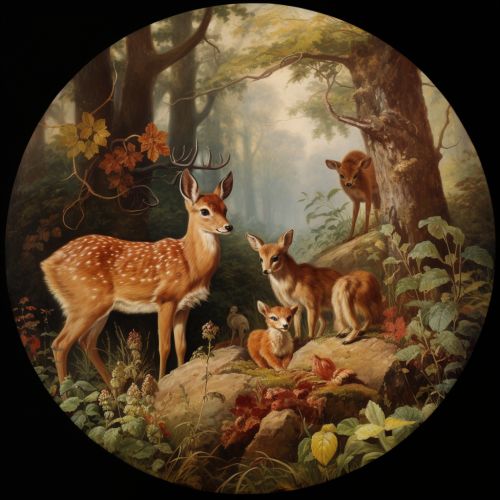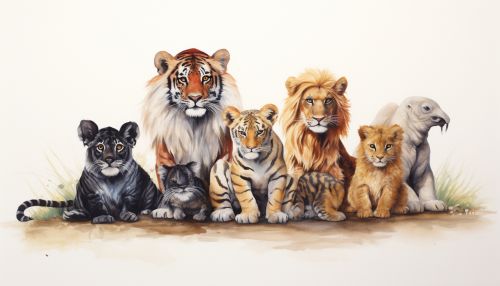The Biological Mechanisms of Animal Play and Learning
Introduction
Animal play and learning are two interconnected aspects of animal behavior that have fascinated scientists for decades. The biological mechanisms underlying these behaviors are complex and multifaceted, involving intricate interplays between genetics, neurobiology, and environmental influences. This article delves into the scientific understanding of these mechanisms, providing a comprehensive and detailed exploration of the topic.
Animal Play
Animal play is a type of behavior observed in a wide range of species, from mammals to birds and even some reptiles and fish. It is characterized by activities that appear to be performed for enjoyment, with no immediate survival benefit. These activities often mimic serious behaviors such as hunting or fighting, but are performed in a safe, exaggerated, and repetitive manner.
Neurobiology of Play
The neurobiology of play involves various brain regions, neurotransmitters, and hormones. The prefrontal cortex, amygdala, and cerebellum are among the key brain regions involved in play behavior. Neurotransmitters such as dopamine and endorphins, as well as hormones like oxytocin and cortisol, play crucial roles in modulating play behavior.


Genetics of Play
The genetics of play is a relatively new field of study. While no specific 'play genes' have been identified, research suggests that genetic factors do influence play behavior. For example, studies on rats have shown that play behavior can be selectively bred, suggesting a genetic component.
Environmental Influences on Play
Environmental factors also significantly influence play behavior. For instance, animals raised in enriched environments tend to play more than those in deprived environments. Social interactions, particularly with peers, are crucial for the development of play behavior.
Animal Learning
Animal learning involves changes in behavior resulting from experience. It is a fundamental aspect of animal behavior, allowing animals to adapt to their environment and improve their chances of survival.


Types of Learning
There are several types of learning, including habituation, classical conditioning, operant conditioning, and observational learning. Each type involves different biological mechanisms and serves different adaptive functions.
Neurobiology of Learning
The neurobiology of learning involves changes in the brain's neural circuits in response to experience. Key brain regions involved in learning include the hippocampus, amygdala, and prefrontal cortex. Neurotransmitters such as glutamate and GABA, as well as neuromodulators like dopamine and serotonin, play crucial roles in learning processes.
Genetics of Learning
The genetics of learning is a complex field, with many genes implicated in various learning processes. For instance, the gene FMR1 is associated with learning disabilities in humans, while the gene FoxP2 is associated with learning vocalizations in songbirds.
Environmental Influences on Learning
Environmental factors significantly influence learning. For instance, animals raised in enriched environments show enhanced learning abilities compared to those in deprived environments. Social interactions also play a crucial role in learning, particularly in social species.
Interplay between Play and Learning
Play and learning are closely interconnected. Play provides a safe context for animals to practice and refine skills that are crucial for survival. Through play, animals learn about their physical environment, social norms, and their own abilities.


Conclusion
The biological mechanisms of animal play and learning are complex and multifaceted, involving intricate interplays between genetics, neurobiology, and environmental influences. Understanding these mechanisms not only provides insights into animal behavior, but also has implications for fields such as psychology, education, and animal welfare.
